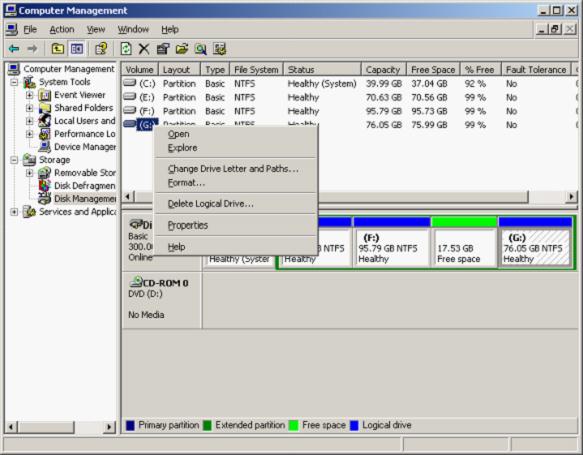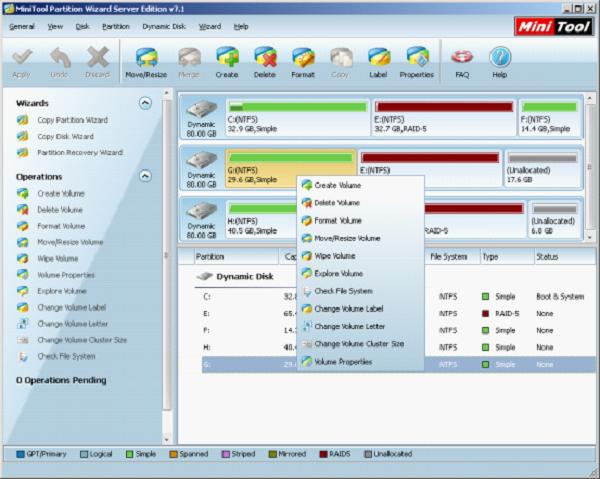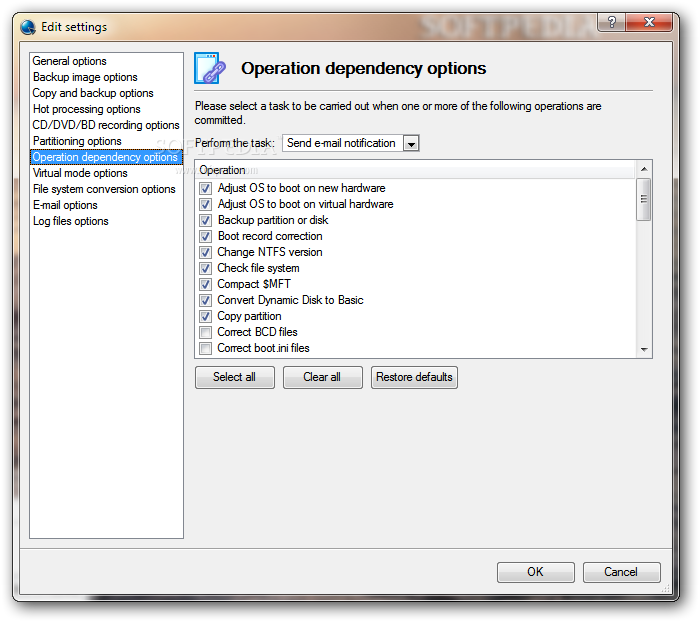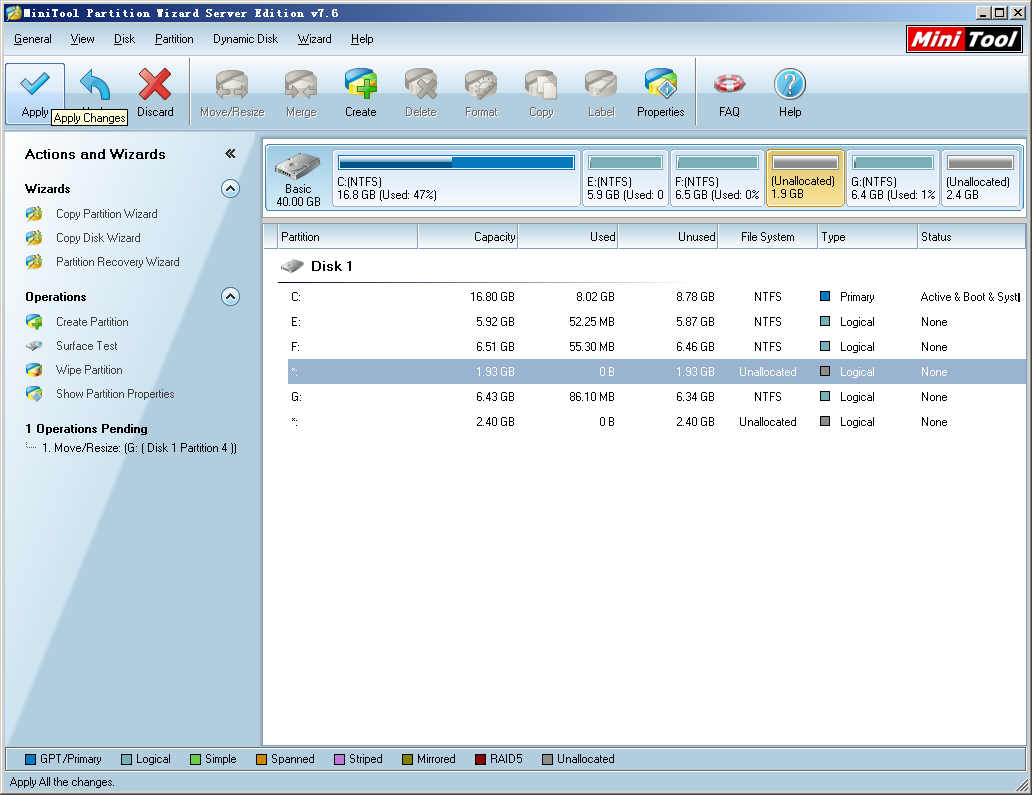


Ppc64el systems also load their bootloader (petitboot, a small linux kernel) from a “PReP” partition with a special flag, so in most ways they are similar to a UEFI system. Supported arm64 servers boot using UEFI, and are configured the same way as an UEFI-booting amd64 system. One of the ESPs must be mounted at /boot/efi. UEFI defines a standard way to configure the way in which the operating system is chosen on boot, and the installer uses this to configure the system to boot the just-installed operating system. The installer automatically creates an 512MiB ESP on a disk when it is selected as a boot device and will install grub to there (a disk with an existing partition table can only be used as a boot device if it has an ESP – bootloaders for multiple operating systems can be installed into a single ESP).

In UEFI mode, the bootloader loaded from a “EFI System Partition” (ESP), which is a partition with a particular type GUID. As Grub does not entirely fit in one sector, a small unformatted partition is needed at the start of the disk, which will automatically be created when a disk is selected as a boot device (a disk with an existing GPT partition table can only be used as a boot device if it has this partition). The installer will write grub to the start of all disks selected as a boot devices. In legacy mode, the bootloader is read from the first “sector” of a hard drive (exactly which hard drive is up to the system firmware, which can usually be configured in a vendor specific way). amd64 systems can boot in either UEFI or legacy (sometimes called “BIOS”) mode (many systems can be configured to boot in either mode) and the bootloader is located completely differently in the two modes.

The bootloader will be installed to each of these drives, and the operating system configured to install new versions of grub to each drive as it is updated.Īmd64 systems use grub as the bootloader. On amd64 and arm64 systems, multiple disks can be selected as boot devices, which means a system can be configured so that it will continue to boot after a failure of any one drive (assuming the root filesystem is placed on a RAID). By default, the first device to have a partition created on it is selected as a boot device but this can be changed later. On all architectures other than s390x, the bootloader needs to be installed to a disk in a way such that the system firmware can find it on boot. The server installer does not supported configuring any of the many, many options LVM supports when creating volume groups and logical volumes. It generally makes sense to leave some space in the volume group for storage of snapshots and creation of more logical volumes as needed. Once a volume group has been created, it can be divided into named logical volumes which can then be formatted and mounted. Select the “Create volume group (LVM)” button to open the creation dialog. It can be used to combine several disks into one larger pool of storage but it offers advantages even in a single disk system, such as snapshots and easy resizing of logical volumes.Īs with RAID, a LVM volume group can be created out of entire disks or unformatted partitions. LVM (the “Logical Volume Manager”) is a system of managing logical volumes, or filesystems, that is much more advanced and flexible than the traditional method of partitioning a disk into one or more segments and formatting that partition with a filesystem.


 0 kommentar(er)
0 kommentar(er)
